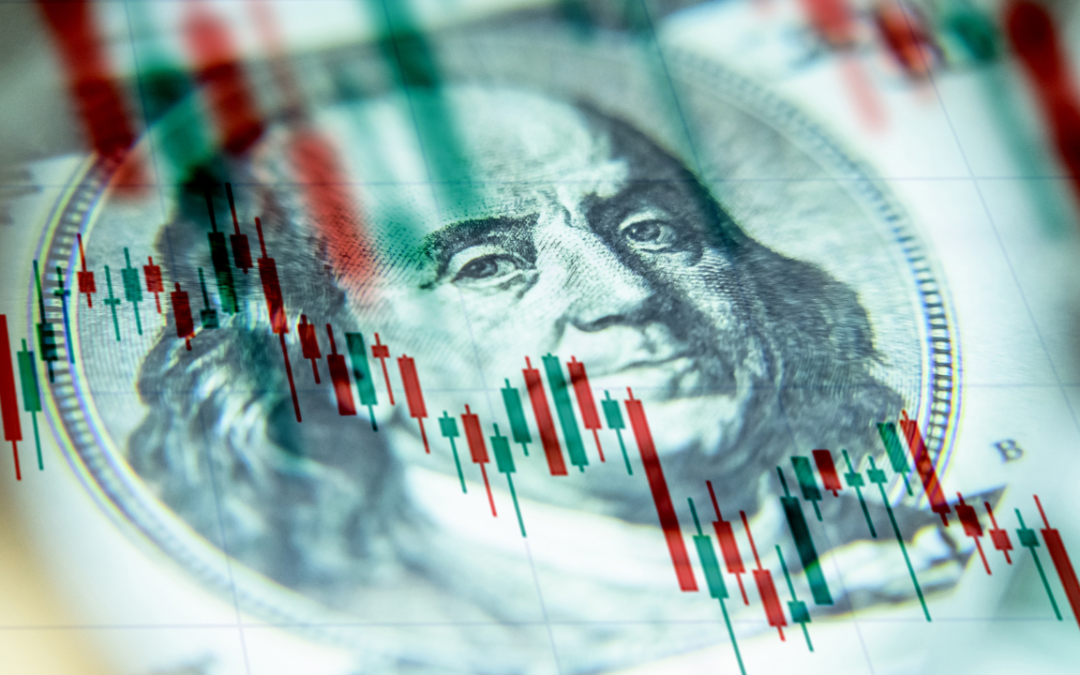Originally published at Project-Syndicate | Apr 9th, 2024
Given the growth in global trade over the past few years, it may be tempting to argue that geopolitically motivated trade barriers have had a negligible economic impact. But while the international trading system may appear resilient, tariffs and other restrictive measures carry significant costs.
BRUSSELS – The emergence of an open multilateral trading system that separated trade from geopolitics played a pivotal role in driving the post-World War II economy. But with trade policies increasingly shaped by geopolitical considerations, a new paradigm is becoming visible.
This trend started with the tariffs that former US President Donald Trump imposed on Chinese imports in 2018, which President Joe Biden’s administration has maintained, and which caused China to impose its own tariffs on imports from the United States. Then, in 2022, following Russian President Vladimir Putin’s invasion of Ukraine, G7 countries and the European Union imposed sweeping economic sanctions on Russia, effectively prohibiting exports to Russia and imports of Russian goods.
Instead of causing global trade to fall, as many expected, these trade barriers and restrictive measures merely slowed down globalization, turning it into “slowbalization.” Remarkably, despite the war in Ukraine and the supply-chain disruptions of the past few years, trade as a percentage of GDP reached a record high in 2022, underscoring the resilience of the international trading system. In fact, the increases in container-shipment prices since 2022 can be attributed to an unexpected surge in the volume of goods being shipped globally.
But while it may be tempting to argue that geopolitically motivated measures have had a negligible economic impact, the perceived resilience of global trade can be misleading. Although the recent trade barriers led to higher trade volumes, many of them carry significant costs.
At first glance, the notion that a tariff could boost trade may seem paradoxical. But almost all the tariffs and trade restrictions imposed by the US since 2018 have been specifically aimed at China, leaving imports from other countries untouched. Consequently, imports from China have fallen sharply, while imports from countries like Vietnam have surged. Many consumer products shipped to the US are now assembled in Vietnam and other Southeast Asian countries.
But these imports still rely on intermediate inputs from China. Consequently, trade volumes have grown because, while US imports of consumer goods from Asia have remained consistent, China’s exports of intermediate inputs to its Asian neighbors have increased. Similarly, although Mexico has overtaken China as the leading exporter of goods to the US, its own imports from China have surged by nearly 40% since 2018.
The electric-vehicle (EV) market illustrates how discriminatory practices can boost trade. Tariffs on Chinese EVs are approaching 30%, and US regulations disqualify EVs containing components produced or assembled in designated “entities of concern” from receiving tax credits, effectively excluding Chinese manufacturers from the American market. By contrast, European EVs are subject to a significantly lower tariff of 2.5% and qualify for a $7,500 subsidy under the Inflation Reduction Act when leased. Consequently, Chinese EV exports have shifted to Europe, while European automakers have found success in the US.
Meanwhile, the EU is undergoing a similar shift. In the wake of Western sanctions on Russia, European exports to Turkey and Central Asian countries such as Kazakhstan and Kyrgyzstan have skyrocketed. At the same time, trade volumes between these countries and Russia have soared.
Such methods of circumventing sanctions or discriminatory tariffs result in higher production and logistics costs, as goods must now be shipped to intermediate countries before being transported to the US. Sanctions and discriminatory tariffs can thus boost trade and reduce welfare.
These harmful consequences underscore the importance of the “most-favored nation” principle that has long been the cornerstone of the global trading system. The concerted efforts to liberalize trade, first through the General Agreement on Tariffs and Trade, and subsequently through the World Trade Organization, have increased trade volumes and overall welfare thanks to their non-discriminatory approach. By contrast, today’s geopolitically-driven discriminatory tariffs and trade barriers explicitly target specific countries viewed as hostile or as potential threats.
Who pays the price? Economic theory (and common sense) provides a clear answer: countries that impose discriminatory trade restrictions end up bearing the costs while the rest of the world benefits. Consequently, the US and China are negatively affected by their tariff war, while Vietnam and Mexico gain by serving as intermediaries. Similarly, Turkey and Central Asian countries benefit from sanctions against Russia, while the EU foots the bill.
This distribution of costs and benefits helps explain the limited international opposition to Trump’s China tariffs. After all, the EU, Mexico, or Vietnam have little incentive to object to a US policy that benefits their own industries. Consequently, international pressure is unlikely to deter major powers like the US or China from prioritizing geopolitical strategies over trade liberalization. To counter this tendency, it is crucial to make political leaders aware of the adverse effects of trade barriers.
As the most open and least geopolitically ambitious of the world’s major economic powers, the EU is likely to recognize this first. But the stakes are much higher for the US and China. The US, in particular, stands to lose the most if it continues its trade war with China. To prevent this outcome, it must change course and return to the non-discriminatory principles that have long underpinned global trade policies.
Daniel Gros: Is Director of the Institute for European Policy-Making at Bocconi University.



